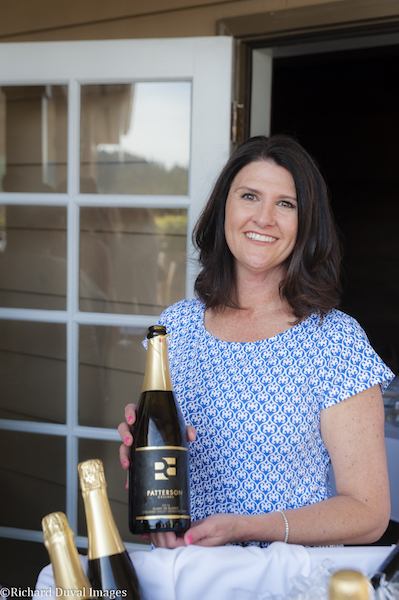Written By: Shelly Fitzgerald, CS, CSW, WSET III
It takes quite a bit of practice in order to train our noses to differentiate even 100 of the thousands of aromas perceptible in wine. Add difficulty to the task by being able to put the smells we detect into words. The official term “olfaction” is a complex sense. It enables us to perceive scents through our nose directly (direct olfaction) or indirectly through our nose and mouth together (retronasal olfaction).
The sharpest of our five senses is smell, but over time, we’ve come to rely on it less and less. Familiar aromas are stored in our brain as memories. Where we grew up plays an enormous role in the multitude of smells that we’ve been exposed to. It’s that exposure to an environment of smells that has laid the foundation for our own rolodex of distinguishable smells. Eighty percent of our wine enjoyment comes from smell, and with practice it only gets better.
Here are some tips to get your nose back in shape and have you sniffing and smelling wine like a pro!
Smell – and smell often! Head to your local farmer’s market and take the opportunity to smell the seasonal fruit, vegetables, and flowers. Do the same at your local grocery store. Eventually, add in dried fruit, vegetables, and flowers. Not only is this fun but you’ll begin to appreciate the difference in aromatics between ultra-fresh, fresh, and dried.
When smelling your wine keep your mouth slightly open. This gives you a greater chance of picking up the most from what you’re smelling. Take a sip of your wine and hold it in your mouth. There are 5 distinguishable tastes (Salt, Sour, Sweet, Bitter, and Umami) that compliment your sense of smell. These tastes work in conjunction to enhance the overall experience.
One experiment is to plug your nose and taste your wine. Since 80% of what you detect comes from smell and just 20% from taste, you’ll notice that you’re unable to smell or taste very much. It’s just the same when we are stuffed up with a cold or allergies. Think of how hard it is to smell anything. Do you ever say “nothing tastes good” when you’re stuffy?
Taking on the task of “thoughtfully smelling” can be a bit overwhelming. When your nose is fresh you’ll grab on to smells quickly, but it will seem that your nose begins to dull and you’ll feel like you can no longer pick up any distinct smells. Sniff the back of your own hand and it should reset your nose and send you back on your way to smelling enjoyment.
Set yourself a time limit and like anything new break it into smaller components. Focus first on primary aromas. These are the aromas that you get from the grape varietal itself along with the influence of where the grapes were grown including the land, climate, sunshine, soil, and viticulture. Examples of fruit notes: lemon, grapefruit, apple, pear, strawberry, raspberry, blackberry, cherry and example of floral notes are: rose, violet, acacia, honeysuckle.
Next, venture onto the secondary aromas. These come from winemaking and are the aromas from the pre-fermentation, fermentation, malolactic conversion, and oak influence. Examples are vanilla, cedar, mocha, butter, spice.
Lastly, set your sight on the tertiary aromas these take place when the wine has aged and the fruit has taken a back seat. Examples are mushroom, earth, spices, barnyard.
Keep in mind that wine writers have been doing this a long time. Their vocabulary has strengthened to match their noses. If your wine descriptors don’t line up with theirs, don’t fret. Wine is a subjective and incredibly complex beverage that takes time to master. Enjoy the journey!
[photo cred: Duval Images]
